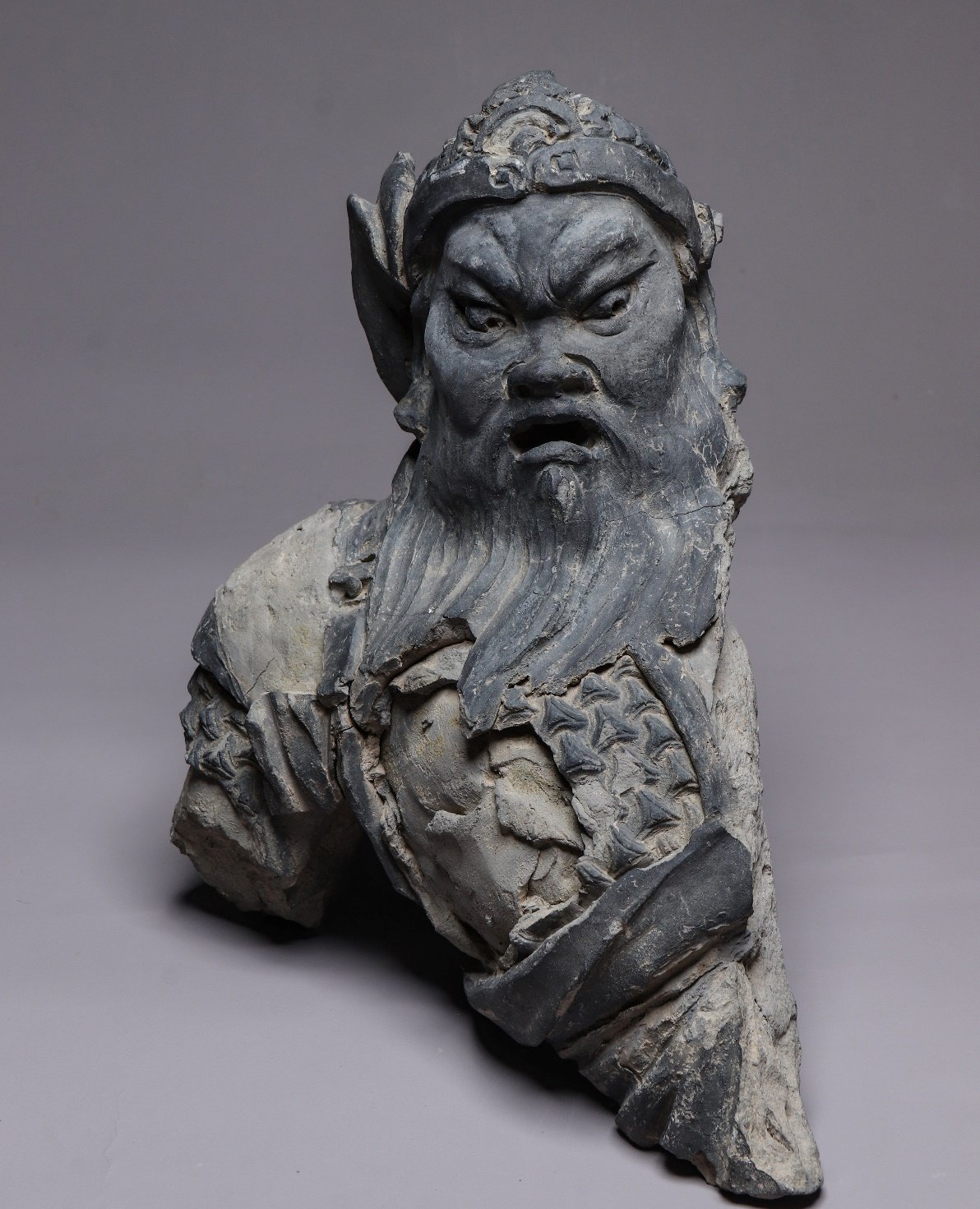In the bustling heart of Beijing, hidden beneath the modern cityscape, lies a testament to a time long past. A recent announcement by the National Cultural Heritage Administration unveiled the discovery of spectacular imperial relics and the remnants of a grand architectural structure at the Zhongdu site, once the capital city of the illustrious Jin Dynasty.
Nestled in Beijing’s Xicheng and Fengtai districts, the excavation process, spanning since 2020, gradually unearthed a sprawling foundation believed to be that of a royal temple from the Jin Dynasty era. This vast expanse of the site reveals two primary phases of construction. The earlier phase showcases a quadrangle courtyard surrounded by corridors, with the south-facing hall remarkably preserved. The latter phase reveals an awe-inspiring layout of twin palaces situated along the same axis, flanked by symmetrical corridors on both sides. The clarity of the structural design, spanning approximately 60 meters from north to south and 43 meters from east to west, is astonishing.
But the grandeur doesn’t end with the architectural finds. The site has yielded an array of priceless artifacts that bear witness to the opulence and craft of the time. From exquisite jade edicts and dragon-motif tiles to ceramics sourced from a myriad of kilns and a wealth of bronze, copper, and bone objects, these treasures portray a vivid tableau of the economic prowess, technological advancements, and the intricacies of daily life in Zhongdu.
Wang Jihong, a researcher at the Beijing Municipal Cultural Heritage Bureau, emphasized the significance of these revelations. They offer scholars a foundational understanding of the urban layout and development of Zhongdu and enrich our knowledge of its commerce, social dynamics, and the formation of the Chinese nation’s cohesive identity.
Simultaneously, further north in the vicinity of the Changbai Mountains, a monumental update regarding the Dadong site captures attention. Situated in the Yanbian Korean Autonomous Prefecture in Jilin Province, the site spans over 4 square kilometers and dates back a staggering 5,000 to 15,000 years. This site, believed to be the most expansive from the late Paleolithic period in northeastern China, has unearthed almost 20,000 stone artifacts and a plethora of animal fossils. Xu Ting, affiliated with the School of Archaeology and Museology of Liaoning University, noted the site’s significance, particularly the use of obsidian for tool-making, shedding light on early human evolution and the interplay of cultures in Northeast Asia.
Furthermore, updates about the Ma’anqiao Mountain site in Liaoning Province and the Zhuguo Ancient City site in Shandong Province were shared. These revelations, collectively, fortify our understanding of China’s intricate historical tapestry, bridging the gulf between the ancient and the present, underscoring the nation’s enduring legacy.
READ MORE:
